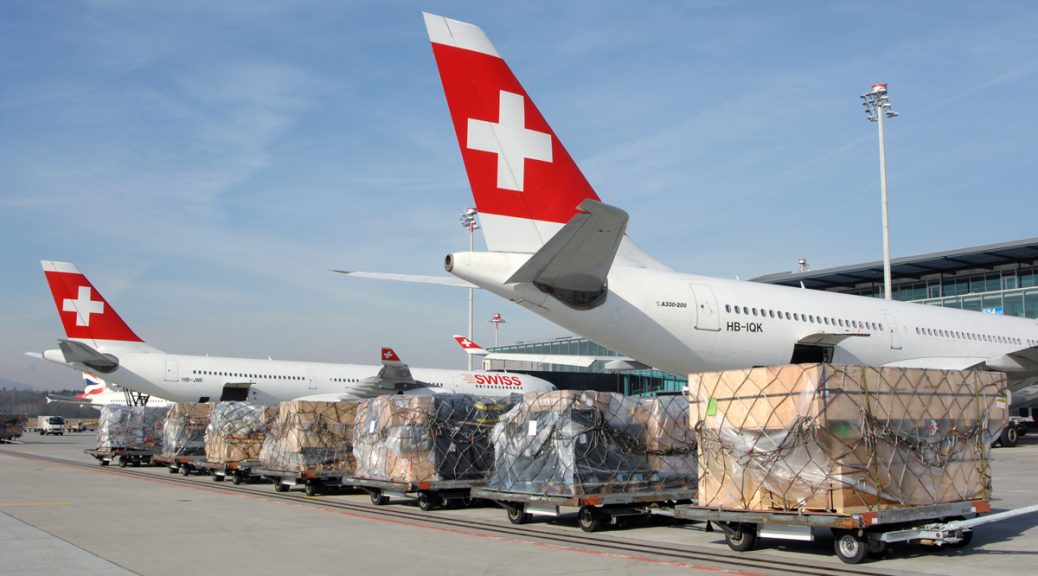We’ve talked in this blog before about the need for the air cargo industry to begin to move away from the paper-based systems that so often clog up many of our processes. As our customers become accustomed to services that deliver more responsive, flexible solutions and with the higher service expectations that have grown out of the increasing use of mobile technology, we need to respond quickly.
First steps
The International Air Transport Association (IATA) have already made a number of steps towards doing this, not least through their support of the e-freight digital process transformation programme.
“Our customers are telling us that they expect more,” said Alexandre de Juniac, IATA’s Director General and CEO. “Complicated and convoluted paper-based processes that are basically unchanged from the 16th century are still being used in air cargo today. Our customers pay a premium to ship by air and they rightly expect modern processes and high quality services.
“Shippers today want responsive services based on intelligent systems able to self-monitor, send real-time alerts and respond to deviation. Technologically speaking, this is totally possible. The key to this and other innovations is using data efficiently and effectively. Finding solutions to unfulfilled (or even unrealized) expectations creates value for customers. And that propels a business forward.”
Is blockchain the answer?
Blockchain is often talked about as being just the kind of innovative technology that supports these aims. But what is it, and how can it be assimilated successfully into the processes and systems of a 21st century air cargo industry?
Well, simply put blockchain technology uses a shared digital ledger to record transactions across a number of computers. The advantages for users are that everyone can see any changes made to public blockchains, creating a more transparent process. Every single transaction made on a blockchain is also immutable – so it cannot be altered or deleted by anyone. A blockchain also creates a single ledger, seen by everyone, that any new transactions are added to – cutting down on any complications and removing the need for lots of different ledgers.
Air freight applications
So what would this potentially look like in an air freight operation? Using blockchain technology within this context creates a cloud-based system that is essentially more secure way of recording shipments. And because of the way that blockchain technology works, it’s also secure from hacking – as well as being a permanent record of transitions that is shareable between multiple users.
While blockchain has yet to really be tested thoroughly within an air cargo setting, it’s already made an impact with marine shippers. Here’s what Jody Cleworth, CEO of British freight forwarder Marine Transport International Limited (MTI) has to say: “Blockchain has the ability to empower our industry into a true digital age,” he said. “The sheer volume of containers processed per year means that safely decentralizing the management of these containers will radically reduce the complexities of shipping.”
Time to invest
Ignazio Coraci comments: “Blockchain technology is precisely the sort of innovative solution to age-old problems that we should be applying within our own industry. It’s important that other sectors aren’t allowed to steal a march on the air freight industry by adopting innovations that will serve customers in a way that we can’t offer yet – the time to act is now.”





